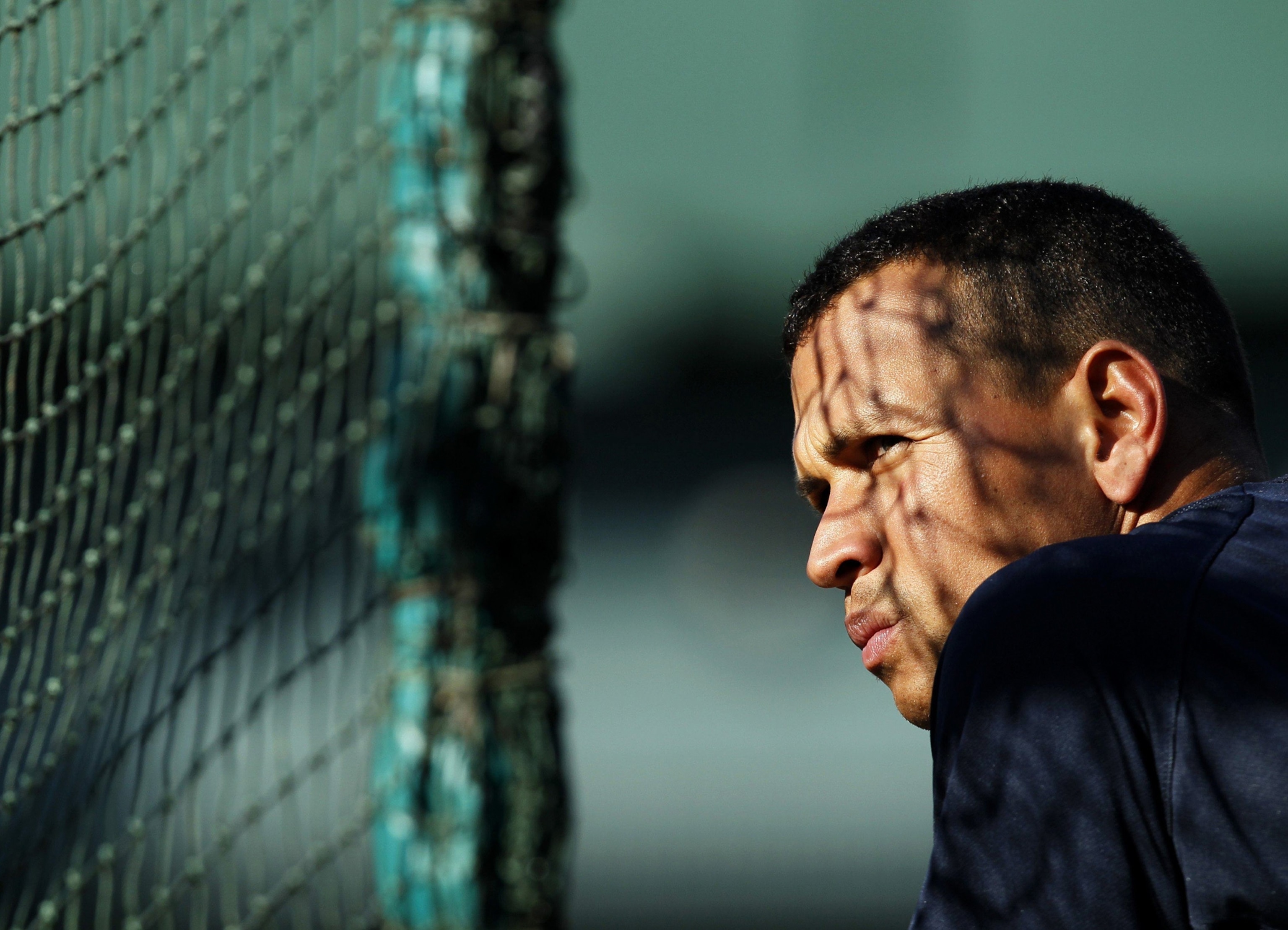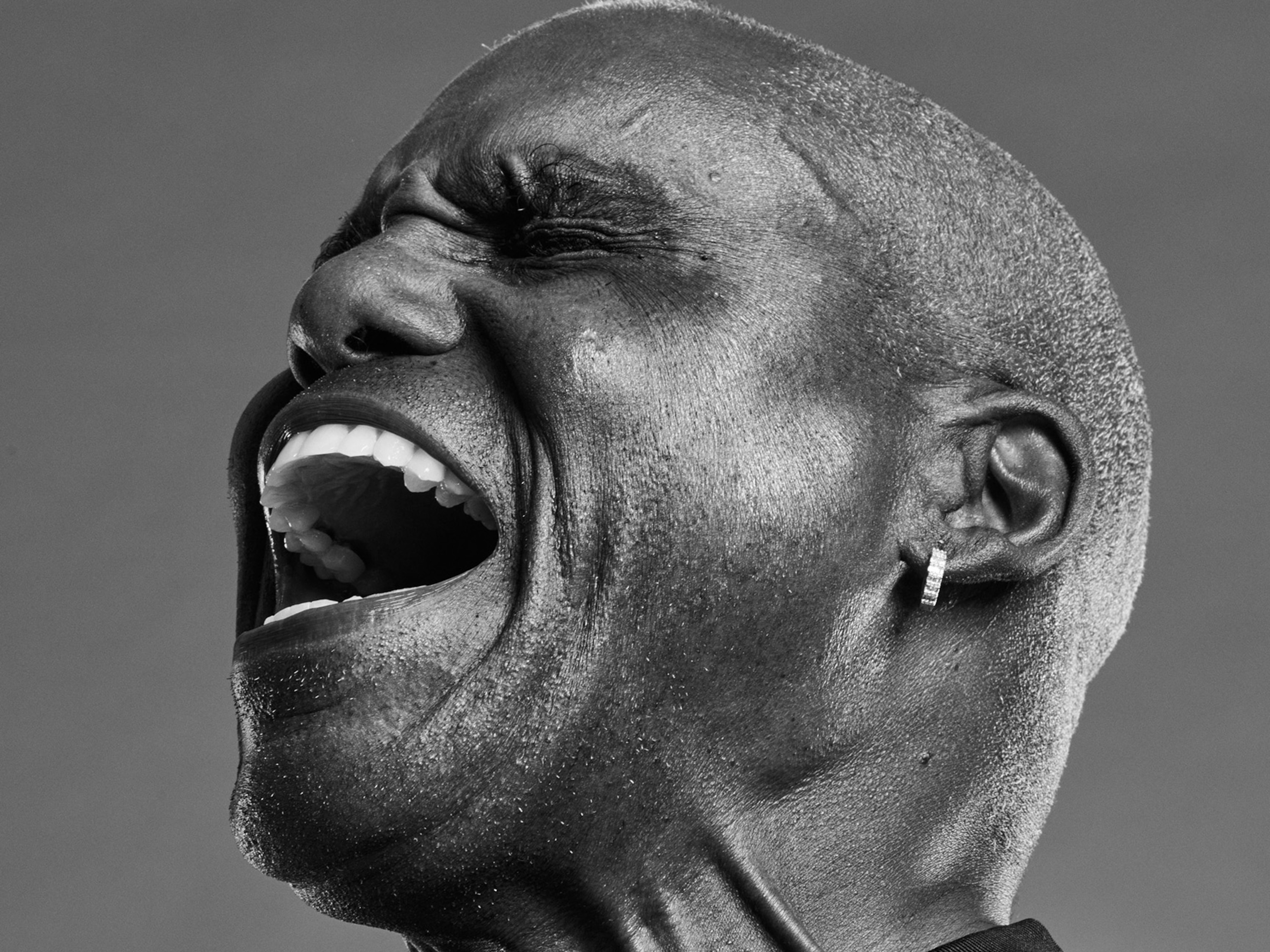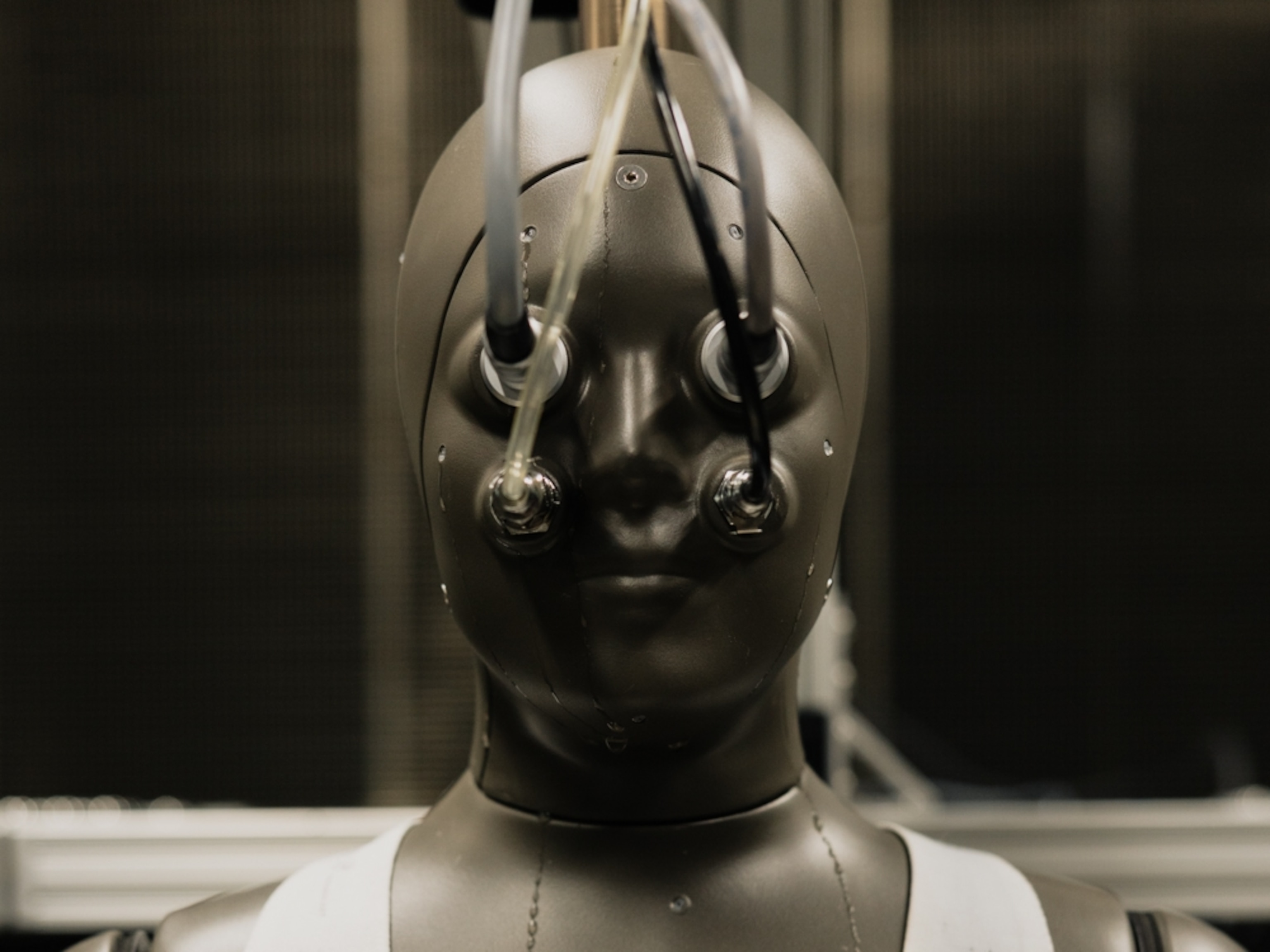
Why Can't Science Keep Up With Sports Doping?
Scientists and anti-doping regulators are often a step behind dishonest athletes.
Alex Rodriguez, the New York Yankees star third baseman, is one of 13 major league baseball players charged with taking performance-enhancing drugs and, in some cases, lying about the matter to investigators. Major League Baseball (MLB) announced it would suspend the players for 50 games or more. Rodriguez will miss 211 games, but may appeal the decision.
The primary evidence implicating the players in doping was testimony from Anthony Bosch, who ran a now-defunct chemical anti-aging company in Florida called Biogenesis. Last year, after being granted immunity by MLB from any legal proceedings, he admitted that he had supplied restricted substances to the athletes in question.
Yet there were no test results that backed up the claim. And that raises the question: Why not?
Professional athletes are tested regularly for performance-enhancing substances, but baseball players have never been tested as intensively as runners, cyclists, and some other athletes. Baseball players must take a simple urine test at the start of every season and then at one random time during play. More extensive blood tests that can detect more complex substances are conducted only with reasonable cause.
MLB officials have said that it's logistically challenging to test players because they are frequently on the road. Even randomly timed tests aren't so random: Players generally know to expect a "surprise" test at their home stadium in the second half of the season—the time when incentives to dope are the greatest.
Annals of Testing
In fact, testing is problematic in many sports. The era of tests for banned substances began in 1960, after 23-year-old Danish cyclist Knud Enemark Jensen fell off his bike and died during a race. He was found to have taken high doses of amphetamines that gave him less need for rest and more time for training.





